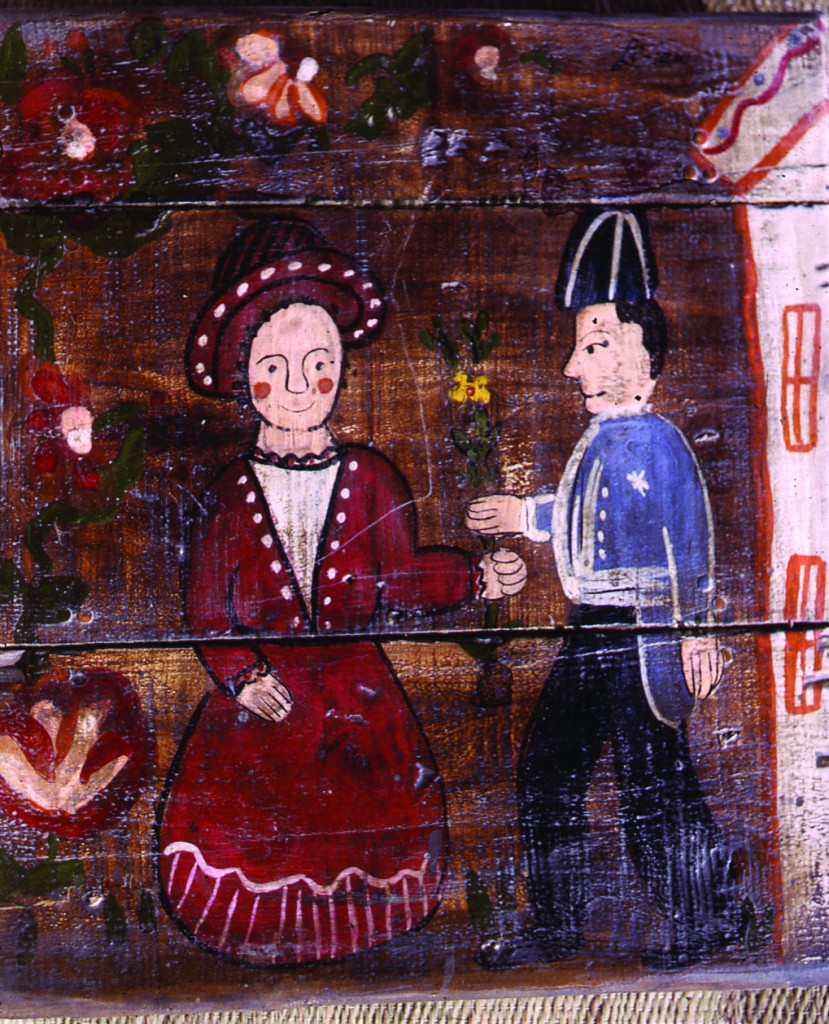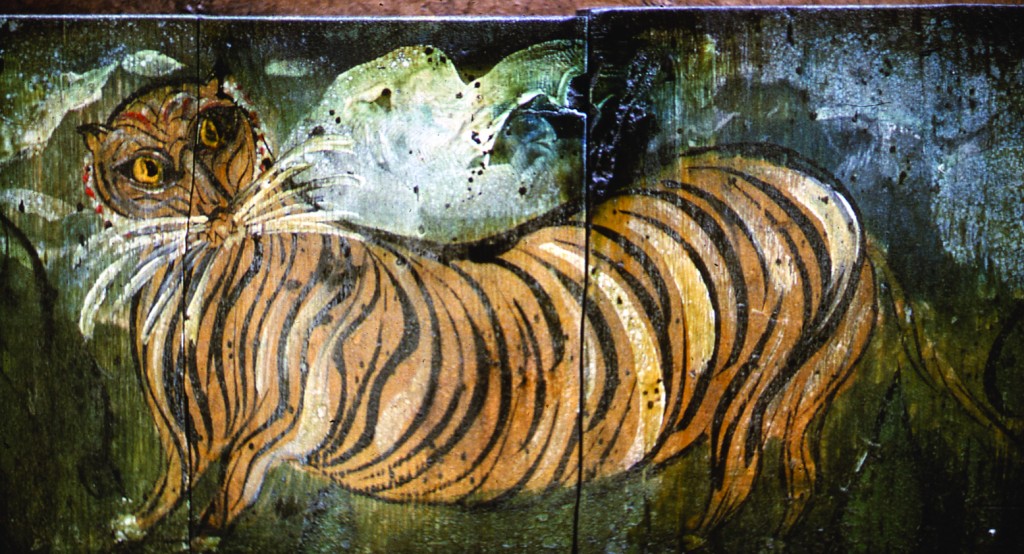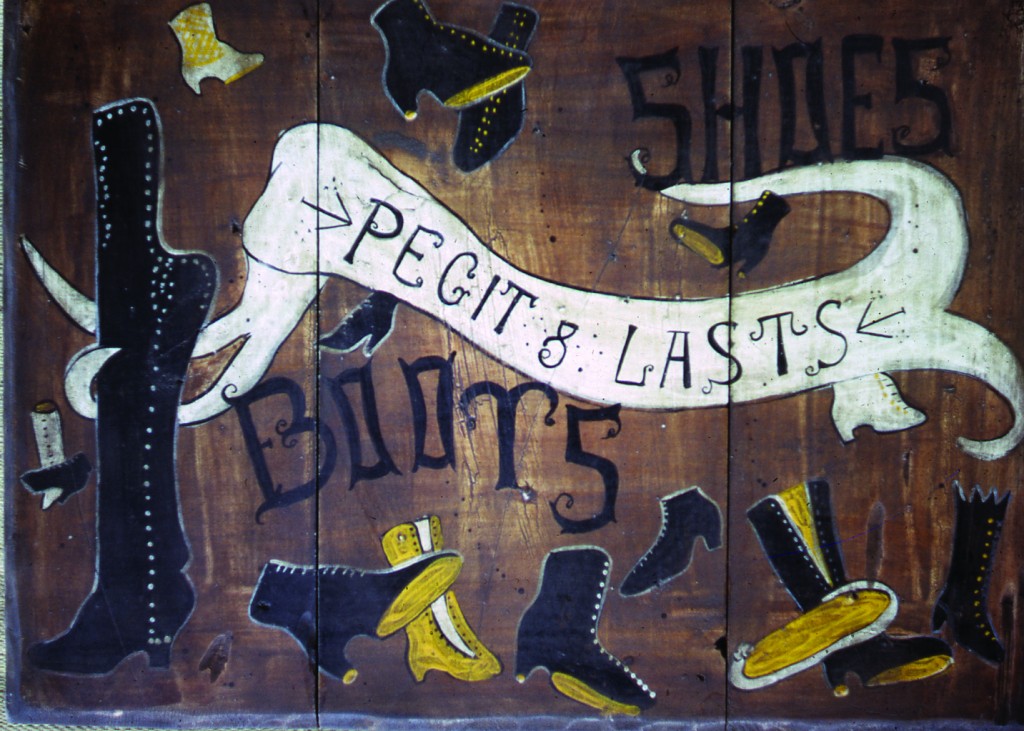I was 20. I was tired of being an inept underpaid salesgirl, a smiling waitress, a silent model and an ineffectual social worker. I decided to go into business for myself.
Old discarded packing crates off of SOHO streets became early American primitive paintings, Russian icons, Swedish horses and flowers, Spanish Saints. The decorative wood panels evolved out of ridiculously ugly cock-eyed paper mache bottles Luis and I had made in hopes of selling. Luis, who worked in a design company, quickly gave up the free-lance venture with our first failure. I didn’t. From old discarded bottles, I began playing with old discarded wood and, doing research on folk art in the library, the panels began to create themselves.
Li-lan on Perry Street – NYC • 1963
The buyer’s rooms in department stores were full of salesmen who flipped open their attaché cases while promoting their wares with slick fast-talk. I wondered what I was doing there, feeling so uncomfortable like a foreigner in a strange land as I bluffed, pretending I knew the jargon. But the terminology left me baffled and I hadn’t the faintest idea of how to make a sales pitch. The glib cigar-smoking salesmen wondered what I was doing invading their domain: awkwardly lugging my home-made book of designs. And a printed brochure I had made up. It had 17 black and white reproductions of panels on two sides of one page with words I hoped would entice buyers to buy: “LI-LAN DESIGNS / PRIMITIVE WOOD PANELS / Fine antiqued wood panels hand-painted in my designs or custom-made to your specifications. / All periods and styles of decorative art reproduced to meet your individual requirements or display needs.”
I was so excited. But I didn’t have any stock on hand or money to buy supplies. In the beginning all of my orders were filled with a last minute panic – I would hurriedly copy my design on old wood that I had retrieved from SOHO streets in a last-minute search.
I went to SOHO on nights or Sundays with a friend who had a large van. We scoured the streets only occasionally seeing another being, usually an artist living a surreptitious loft life, for empty packing crates thrown out by factories.
The crates were used to ship televisions, appliances and a multitudinous variety of small parts for industry – many of them had a stamp somewhere, “Made in Japan”. I hauled the awkward, heavy crates home and after the disagreeably tedious job of disassembling them and removing what seemed to be thousands of rusty nails I converted the weathered wood into panels to paint on. Later, when I had more orders coming in and couldn’t depend on finding as many packing crates as I needed in time to meet my deadlines I had to buy new wood – I beat it with chains, made holes with nails and chiseled out gouges.


























